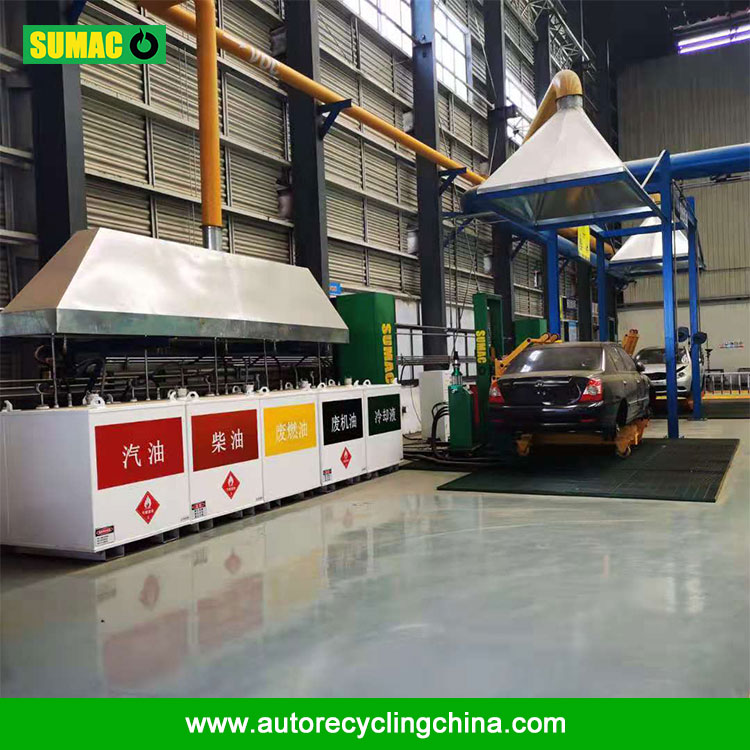1. Tank insulation
Effective insulation of the tank is the key. Insulation materials such as rock wool and polyurethane foam can be installed on the surface of the tank. These materials have good thermal insulation properties, which can reduce the heat loss of gasoline in the tank and slow down the rate of oil temperature drop. At the same time, the inlet and outlet pipes, valves and other parts of the tank should also be insulated to prevent these parts from freezing due to low temperature and affecting the normal transportation of gasoline.
2. Heating measures
A heating device can be set to maintain the temperature of the gasoline in the tank. Common heating methods are electric heating and steam heating. Electric heating converts electrical energy into heat energy to heat gasoline through electric heating elements installed in the tank or on the tank wall; steam heating uses steam pipes to introduce steam into the heating coil in the tank to increase the gasoline temperature through heat exchange. Before the extreme cold wave comes, start the heating device in advance to maintain the gasoline temperature within a suitable range, generally 5℃ - 10℃ is more suitable, to prevent the gasoline from becoming viscous due to low temperature and affecting its fluidity.
3. Inspection and maintenance
Before the cold wave comes, conduct a comprehensive inspection and maintenance of the storage tank. Focus on checking the sealing performance of the tank body to ensure that there are no leaks to prevent gasoline from solidifying due to low temperature after leakage and causing safety accidents. At the same time, check the operating conditions of valves, pumps and other equipment to ensure that they can work normally in low temperature environments. Calibrate and check measuring instruments such as liquid level gauges and thermometers to ensure that their readings are accurate so that the status of the gasoline in the tank can be grasped in time.
4. Emergency plan
Develop a complete emergency plan to deal with possible emergencies. For example, when the heating device fails or the tank insulation is not good, resulting in too low gasoline temperature, the backup heating equipment should be started immediately or temporary insulation measures should be taken. At the same time, organize relevant personnel to conduct emergency drills, familiarize themselves with the operation procedures of the emergency plan, improve their ability to deal with emergencies such as extreme cold waves, and ensure that measures can be taken quickly and effectively in emergency situations to ensure the safe operation of the storage tank.

